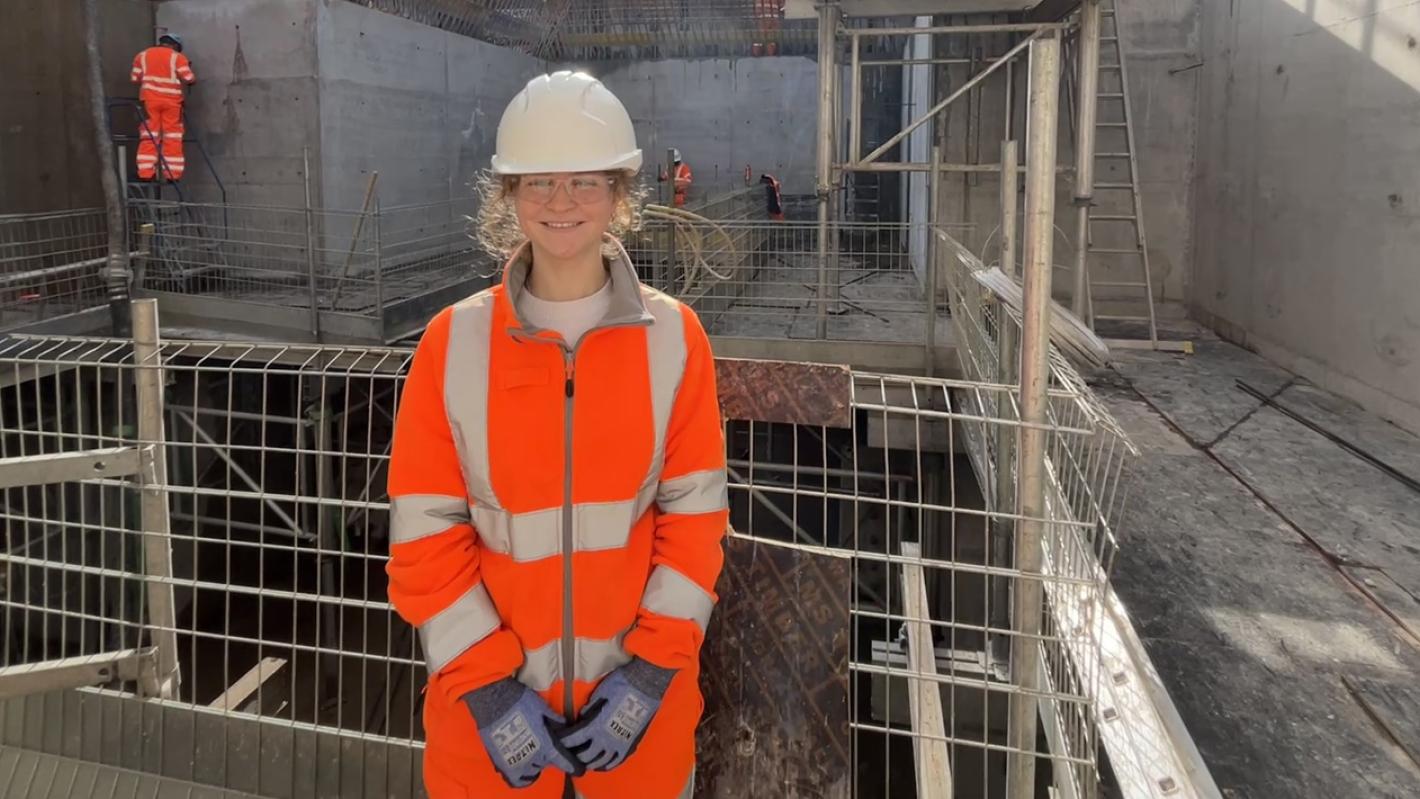
Aoife pictured at the north abutment.
Aoife O'Sullivan reflects on her rewarding six-month rotation on the site of the €102 million Narrow Water Bridge project in Omeath, Co Louth
I joined ROD’s graduate programme in August 2024, after completing a BAI in Civil, Structural and Environmental Engineering at Trinity College Dublin. Having spent three summers working as a student at ROD, I was delighted to become a full-time member of the team. Let’s just say, there were no introductions necessary.
If you ask any graduate engineer at ROD what they are looking forward to most about the programme, the answer is always the same: the site rotation. I think it is the prospect of working on an interesting project, in a potentially new part of the country for them, alongside a team of experienced engineers with a wealth of knowledge to impart. As it happens, I didn’t have to wait too long for my site rotation. Last April, barely seven months after joining ROD and with one rotation completed with the water group, I joined the team on the Narrow Water Bridge project in Omeath, Co Louth.
There has been a significant amount of progress on-site over the past six months. I’ve seen a lot of concrete poured for various parts of the project, including the bascule bridge abutment, where I saw the base slab and the first two levels of the walls being steel fixed, shuttered up and poured. I saw the installation of the prefabricated greenway underpass and wingwall units, and the assembly of the precast navigation tower units. The tower will house a new navigation beacon (i.e. port entrance light), which will be used by ships to align with the navigation channel through Carlingford Lough. The existing navigation beacon will be obscured by the bridge pylon and cables, hence the need to construct a replacement beacon.
I was fortunate to see some drainage works, from start to finish, including the installation of large storm sewer pipes. This was of particular interest to me, coming as it did after my rotation with the water group. In the office, I had learned about the theoretical, technical side of drainage and flood works – the words and numbers – but here I was seeing the physical elements themselves.
An unexpected highlight was meeting An Taoiseach Micheál Martin when he came to review the progress on-site in June.
I spend the majority of my time shadowing the resident engineers, from whom I’ve learned a great deal about the practicalities of site works. I’m a naturally chatty person, and everyone is great to answer my questions, especially the foreman and site engineers. I’ve gotten to know the two members of Louth County Council’s project team who share an office with us, ROD’s site administrator, the contractor’s site engineers and quantity surveyors, and their graduate engineer, who has shown me some setting out, how to do a slump test and how to make concrete cubes for testing.
The timing of my onsite rotation couldn’t have been any better, as the weather has been mostly sunny and warm. And while the days are longer on site than in the office, I really don’t notice it because I am out in the fresh air most of the time. I’ve really enjoyed seeing the progress on the project and while I would be open to going onsite again, I like the office too, and I’m excited to start my next rotation with the transportation group very soon.
